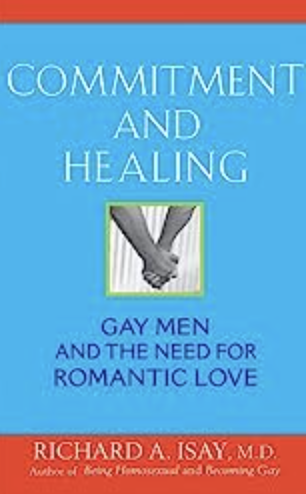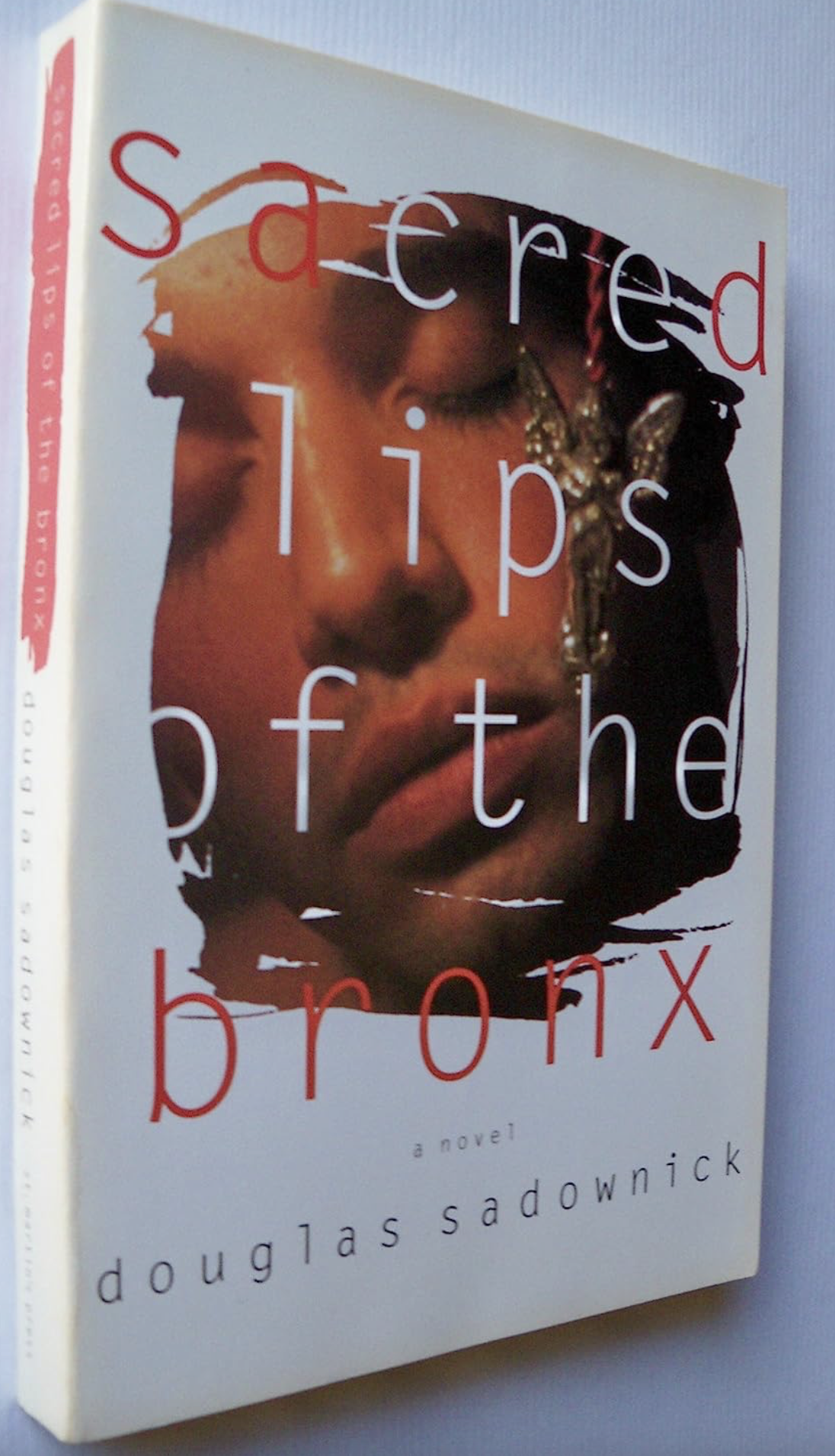Evolving Sexual Cultures: A New Framework for Navigating Intimate Challenges and Diversities!
To learn how I am going to create a sumptuous, if a bit top-heavy, layer cake attempting to put a lot of sweet-and-sugar sexuality ideas together, come to my Antioch University “Community Psychology In-Depth” monthly series this Wednesday, July 12, 12:30 to 2:00 p.m. either live at Antioch University’s Fourth Floor Library OR through Zoom. Please click to RSVP Live or Zoom! If you come live, we will give you LUNCH. If you go either live or Zoom, you will get the e-book I am in the process of finalizing on this very topic for FREE!
What is your sexual culture? I am feeling inspired by the “Sexual Cultures” series Sexual Cultures Series, such as "Black Gay Man" book by Robert F. Reid-Pharr and “Boricua Pop: “Puerto Ricans and the Latinization of American Culture” by Frances Negron-Muntaner. And you must run out and buy Dr. Lauren Costine’s “Lesbian Love Addiction: Understanding the Urge to Merge and How to Heal When Things Go Wrong.”
You may not know of your own “personal culture,” because you might take your culture for granted, but I bet you have one! Are you aware of the role it plays in your personal happiness or personal suffering? And does your sexual culture overlap with another’s? Are you aware of what the other “cultures” do behind closed doors—or in public? And what about the “culture” of “sexual healing” (often wrongly pigeon-holed as “sex therapy, because it ought to become the norm)? Or the culture of “sexual spirituality?” or the way in esoteric wisdom sees sexuality as a ladder to the divine—“Song of Songs” or “Song of Myself,” anyone? And any thoughts about your “personal and confidential sexual culture” — the one you hardly share with anyone but have cultivated in secret for many years perhaps?
Imagine you could gain more fluency in these cultures, or you can also get more traveling in? We are allowed to travel to different countries even if we don’t speak the language (although it’s always good to know a few words, such as “thank you,” “excuse me,” “how much does this cost? and “where is the bathroom"?).
The gay couple has come to see me because, while the two men love each other very much, they are both what is called “bottoms,”and thought to throw in the towel. Because I saw the problem as rooted as much in “gay male relationship ambivalence,” as anything else, and I might refer them to this:
The lesbian couple has come to see me because they are reading Dr. Lauren Costine’s work and they want to stop the cycle of pursuit and distance. Dr. Lauren’s book looked like it was only about “love addiction,” but actually it was so much more, it was about being a woman-loving woman.
The trans-bisexual couple has come to see me because they want a system of communication for how the hormones change their mood and appearance and sexual attraction/orientation. I recommended this book during the course of our treatment.
The heterosexual married couple has come to see me because they agree they are engaging in “left-over sex.”
Recently, I helped one couple come to terms with the fact that after six months, one member wanted to have sex all the time, and one did not want to have sex at all. Rather than diagnosing this as a “pursuer-distancer” or looking for the deep-seated roots of traumatic childhood sexuality, I could ascertain that one of its members was asexual. I helped educate them that asexuality is not a psychiatric condition but an identity and a sexual orientation. This person was also “demiromantic,” which is to say, an individual who does not experience romantic attraction until a close emotional bond is formed. So this person needed a lot more time to transpire before they felt an attachment. In contrast, the other member felt the passion almost immediately. Different cultures – not pathologies.
How can I work with so many different communities to help them wake up to their sexual potential?
While I was not explicitly trained in the line of thought called “sex therapy,” I have been trained in various psychodynamic, somatic, and integrative schools of study for the last thirty years. I have raised a heterosexual straight African American adopted son. So I have entered into the realm of what called be called a more “heteronormative” framework that differs from the Gay Liberation banner under which my adulthood blossomed. I had a brief taste of the Gay Sexual Revolution before the AIDS epidemic and consider some of the pioneers my teachers; those who have survived and those who have been felled. See Felice Picano’s Art and Sex in Greenwich Village! I have treated many different kinds of people and couples over the last thirty years in psychotherapy.
But my most intensive training came from founding the nation’s first LGBT Specialization in Clinical Psychology at Antioch University almost twenty years ago, which remains, as far as I can tell, the “only” such LGBT Specialization in a graduate degree program in the country. I am most proud of the “Human Sexuality” class we created there to act as a Gateway Class to the Specialization that also served as a mandatory class for all the 300 or so students who attended the Master of Arts in Clinical Psychology Program.
We decided to “break” from the standard way of teaching about diagnosing sexual desire disorders and also emphasizing male-to-female procreation and sexuality one might see in most Human Sexuality courses. We highlighted what I can only call “Sexual Diversity Culture,” namely that lesbians make love differently than gay men. Bisexual people can do some overlap but also have their own culture. And also, despite the three waves of feminism that have crashed upon our shores over the last 150 years, sometimes heterosexual men and women fall into specific long-standing gender differences based on hormones or cultural configurations that persist in one’s conscious or subconscious frameworks.
I personally, due to my own rigorous training in what is called the “Freudian” field and the “Jungian” field, have always been interested in the deeper instinctual roots of sexuality (Freudian) and also the spiritual or archetypal ways in which sexuality connects us to the soul-image (Jungian).
While many therapists do prefer to go to Freud’s notion of the Original Family Romance or Triangle called the “oedipal complex” because they wrongly assume that it is either outdated or modeled along heterosexual lines, it took the ground-breaking work of Richard Isay’s “Being Homosexual” (1989) to demonstrate that Freud had talked about childhood taking place homosexually and Fritz Klein’s “The Bisexual Option” to understand the children could have an attraction to both mother and father to Sandra Golvin’s work (see her “Lesbian Psychology” lectures on YouTube in 2006) to my work with Cadyn Cathers in 2012 to create oedipal paradigms for transgender people).
And there are many places to go to discover the archetypal aspects of heterosexual love (the KamaSutra) and homosexual love (Plato’s “Symposium”). In my novel, “Sacred Lips of the Bronx,” I intercut moments for the main character Michael where he is being transported by the booming voices in Hebrew while also fantasizing about kissing the Puerto Rican basketball player, Hector.
In future writings, I will turn to the magisterial work by Henri Corbin (1903-1978), a French philosopher influential in reviving some of the mystical works of Islamic philosophers (and secretly perhaps homosexual), who wrote “Creative Imagination in the Sufism of Ibn `Arabi” (1969), where romantic-erotic love is a “garden among the flames.” Here I am talking about the culture of sexuality I would call “mystical” or even, dare I say, “religious.”
And then there is the culture of sexual healing, which falls under the rubric of what is commonly called “sex therapy.” The text that seems to be the most useful to me is David Schnarch’s “Passionate Marriage” (1997). He writes that we do not pick the right people to be in a relationship because we are undeveloped at the time of the picking. So we end up with another flawed human such as ourselves who pick the wrong reasons to be in a relationship (immediate sexual charge, fear of being alone, poor self-esteem). But if we work on “not holding grudges and recovering quickly from arguments to tolerating intense intimacy and maintaining your priorities in daily life,” a process he calls “differentiation,” this lets you “expand your sexual relationship and rekindle desire and passion in [relationships] that have grown cold.”
To learn how I am going to create a layer cake attempting very clumsily to put these ideas together, please come to my monthly “Community Psychology In-Depth” series this month either live at Antioch University or through Zoom this Wednesday, July 12, 12:30 to 2:00 p.m. Please click the flyer below to RSVP. If you come live, we will give you LUNCH. If you go either live or Zoom, you will get the e-book I am in the process of finalizing on this very topic for FREE!



